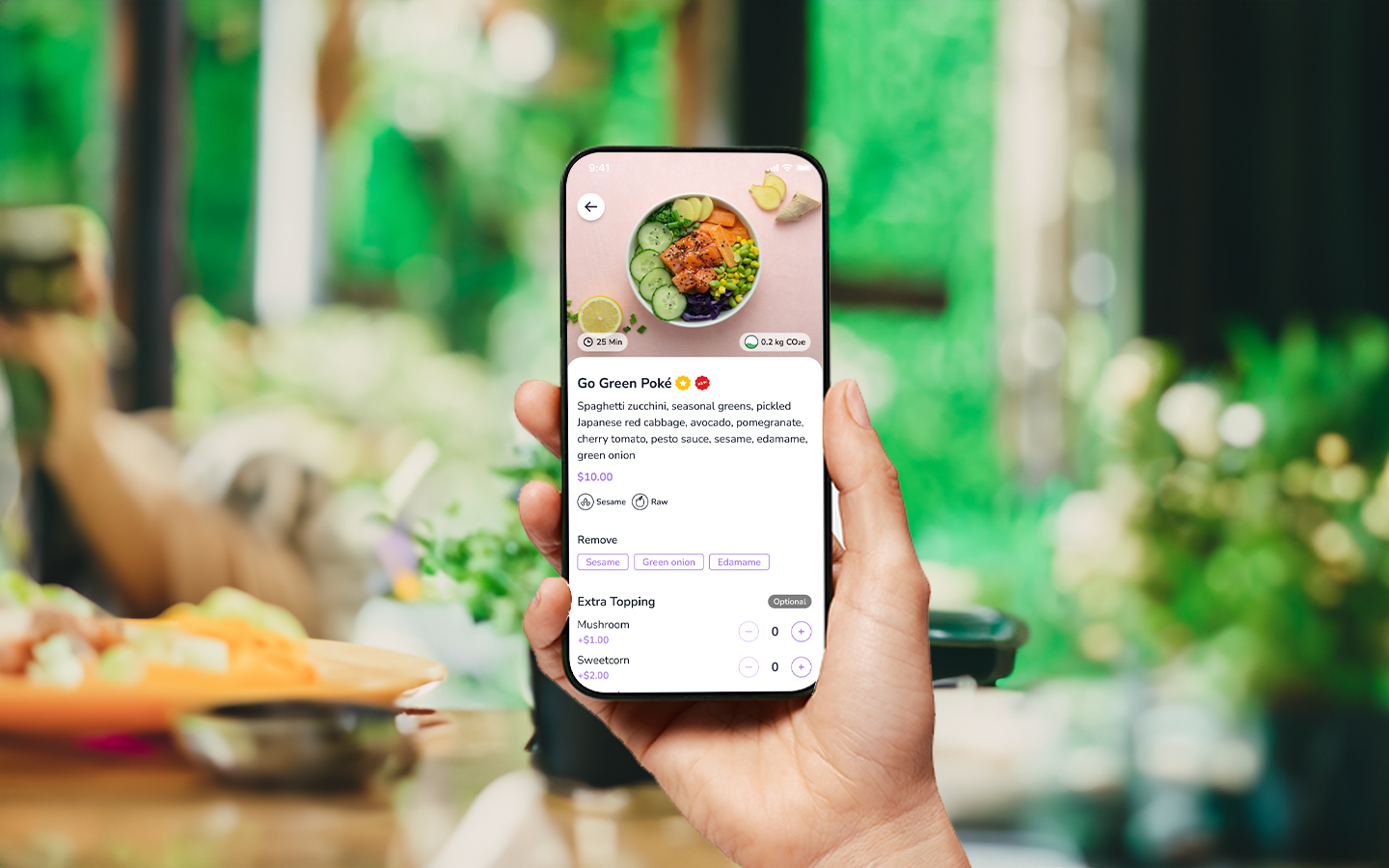Online Order Management is essential for every restaurant. The hospitality industry, including restaurants, isn't immune to the inflow of digital solutions designed to make operations and eating experiences faster, more effective, and more simplified. Gone are the days of placing dinner orders over the phone with only a rough estimate of when your meal will be ready.
It’s not wrong to say that the effectiveness of food delivery is measured in the context and simplicity of the purchasing procedure. Your consumers only need to select a menu item, contact the restaurant or delivery service through an app, a website, phone, or social media, and pay for the order. It should be no more difficult than that.
In line with all of the above, consumer demand is only expected to rise in the near future for online orders. Therefore, direct online ordering is an important part of a restaurant's business. The number of direct Internet ordering options available to restaurants might be overwhelming. In this guideline's final section, we will examine the top service providers to assist restaurant owners and managers in making the most educated decision possible.
Restaurants and delivery platforms have several issues due to the online ordering process, including those around satisfying client requirements across multiple channels. Acceptable payment methods and adjusting to changing customer demands while remaining profitable is an equation all restauranteurs must prepare for.
Sophisticated technology was initially viewed as a distraction to entice new consumers to restaurants. It is fundamental in today's world. If restaurants don't utilize an omnichannel POS system to manage orders, they risk falling behind. Orders come in from a variety of channels, including online, in-house, takeaway and new channels emerge on a regular basis. Customers demand alternatives when it comes to ordering, and having a unified order management system across all channels allows restaurants to deliver an upgraded service.
Mastering your online orders in a way that works for your restaurant’s operations (and not threatening a well-oiled system) is, therefore key. Online orders are here to stay, and the optimal approach is to let online orders boost your revenue while preparing well with a smart online menu.
Change The Way Your Kitchen Works
A great starting point would be to customize the menu for online orders. This does not necessarily mean that we have to offer the entire menu online. Instead, online menus can easily be adjusted to achieve a more effective and smooth operation.
You can also change the online menu depending on the stock that needs to be moved quickly or offer only salads, cakes, and brownies if you wish to avoid hot food delivery at times when in-house operations are busier than usual. In a nutshell, opportunities are endless.
Another important factor to consider is the delivery of hot food. Even if your best-selling item is the house burger, customers don’t usually appreciate a cold burger patty. Restaurant delivery services must, therefore be reliable and on your side, rather than affecting your reputation for reasons that are out of your hands.
Restaurants and food businesses should, therefore, be prepared and planned about how to set up an online ordering system for their business. This can be achieved by following these simple steps;
Re-evaluating your menu's current status by evaluating the key points in order to get the most out of the integration of the online ordering system
Make sure that your kitchen operations, routine, staff, and tech partner are ready
Setting Your Objectives for Online Order Management
Each type of online order and delivery service provider will have its own set of requirements and objectives, so selecting a system that fits your own requirements while also being simple to deploy within the present market and existing processes and procedures is critical.
Instead of devoting all of your time and work to maintaining delivery services and arranging drivers with delivery windows, a stronger focus on providing an outstanding culinary experience and constructing a well-rounded and engaging menu, therefore, makes sense.
At the same time, as internet ordering and mobile food service applications grow more widespread, managers should think about how the metrics will improve. This might involve keeping track of typical check sizes, service costs, customer service ratings, and the perfect order rates, among other things.
Keep in mind how you'd like to go about implementing an online ordering system. Which features should be prioritized at first, and which may be added later when your business grows? Integration and onboarding is a continuous process, especially when moving to a more digitally-based platform. Food service providers may fulfill the shifting and expanding requirements of consumers while keeping expenditures and risks to a minimum for themselves and their team by growing and adapting.
Don’t Only Rely On Third-Party Service Providers
The high commissions charged by third-party service providers are not only something you should think about costs but also in terms of the reliability of the partnership in terms of operations. The importance of establishing this system yourself, in your own way, according to your business needs is gold.
Using software like FineDine to streamline online orders will help your business increase the order volume by making use of artificial intelligence-based home delivery and takeaway solutions.
Offer home delivery, pickup, and delivery ordering options to meet the needs of all your customers. Your guests can place their orders and pay online inside and outside the restaurant. Don't pay commissions to FineDine; you basically keep all your earnings.


